|
A few months ago, I was invited to participate in a virtual tasting of six Bardolino Cru wines presented by the Consorzio Di Tutela Chiaretto e Bardolino and led by Angelo Peretti, Director. Below is a brief outline of our meeting and some interesting facts! The Bardolino wine region is located in the province of Verona in the Veneto region of northeastern Italy, bordering the eastern shores of Lake Garda. In 1825, three areas within the Bardolino winemaking region were identified and recognized by international grape merchants for their production of fine and elegant wines. These crus (subzones) are La Rocca, Montebaldo, and Sommacampagna. In 1968 Bardolino wines were given DOC title, but the three crus were not included. It wasn’t until 2015 that the Bardolino Cru project was initiated, and in 2018 the Consorzio asked the Italian government to recognize the crus. Finally, on April 12, 2021. the wines from all three crus were officially produced with DOC title and new regulations approved by the Italian government. The name of the cru has to be written in large font above the name Bardolino on every bottle due to each cru being a subzone with its own specific regulations. Bardolino wines are made with Corvina and a small percentage of Rondinella, both indigenous red grapes of the Verona province. About 25% of the wineries are organic, which is about 18% of the vineyards, with many of the wineries converting to biodynamics. Lake Garda is the largest lake in Italy and is one of the northernmost Mediterranean climates in Italy despite its location at the foothills of the Alps. The lake water is colder than the air in summer and warmer in winter, which significantly impacts the temperature, lessening the hot summers and harsh winters here. The lake basin was shaped by glaciers from 600,000 years ago, which left behind large deposits of material, the morainic hills, deposited in the large amphitheater of Lake Garda. Bardolino region is situated on the eastern shore of this morainic amphitheater. Due to the many deposits left by the glaciers, there are 66 different soil types that the zoning project has identified. Here are three wines to tempt your palate, one from each cru. La Rocca La Rocca is named for the hill overlooking Lake Garda. It is the closest district to the shores of the lake. Wines from this cru typically have a complex bouquet that usually includes raspberry and cinnamon. Giovanna Tantini La Rocca Bardolino DOC 2020 This wine is made with Corvina and a small amount of Rondinella. The grapes are handpicked and sourced from vineyards with morainal, gravelly, calcareous, and alluvial soils. Each grape variety is vinified separately, then blended and aged, 80% in stainless steel for 15 months and 20% in 5 hectolitre tonneau for one year. It remains in bottle for three months. The color is bright ruby with notes of fresh berries, cherry, sweet spice, and nice acidity, and it is smooth and balanced. Serve with meat, risotto, fish, light stews, or cheese. Montebaldo The name for this cru is derived from the mountain of the same name. It is the northernmost and highest point, with higher altitudes and a cooler climate. Wines from this cru typically have aromas of strawberries and cloves. Vigneti Villanella Montebaldo Bardolino DOC Morlongo 2020 The grapes for this wine are Corvina, Rondinella, and Corvinone. They are sourced from vineyards in the south-facing morainic hills in the hinterland of the lake. The soil is clay mixed with limestone. The blend is aged in large oak casks and then time in the bottle before release. The wine is bright ruby with a hint of garnet. Lovely aromas of fresh fruit with notes of strawberry and baking spice segue onto the palate. Hints of black pepper, balsamic, and strawberry linger on the finish. Serve with pasta, risotto, grilled chicken, fish, or appetizers. Sommacampagna This cru is in the southeastern hills and is the most southern cru and the warmest. Wines lean toward notes of cherry and black pepper. Monte Del Frà Sommacampagna Bardolino DOC Bonomo 2020 The grape varieties for this wine are Corvina, Rondinella, and Molinara, sourced from vineyards with original morainic and calcareous soils. The wine is aged in wooden barrels used for the third time. The wine is cherry red with red berries, cherry, sweet spice, and black pepper on the nose. The palate is fresh and lively, with berries, cherry, spice, and a hint of tea and herbs. It is smooth and balanced with a long finish. Enjoy this wine with appetizers, pasta, grilled meat, poultry, tapas, or seared tuna.
While on a press trip a few years ago, I visited three wineries in Custoza DOC, Bardolino’s neighbor. (first map) Part of the tour included Monte Del Frà, owned by the Bonomo family, and where their winery headquarters are located. Sommacampagna is one of 11 territories that the Bonomo family owns throughout Verona. The tasting lineup that day included the above wine. If you want more information about Monte Del Frà, please click on the link below to read my article. thewineknitter.com/1/post/2020/01/custoza-doc-wines-worth-knowing.html The Bardolino Cru wines are elegant, expressive, light, and very food friendly. Wines from this region are worth trying. Presently, approximately 20 wineries export to the USA. I can’t wait to explore this region, visit wineries, and taste more wines! Until next time… Cheers! Penina To leave a comment or if you have an inquiry, please contact me at [email protected] With snow in the forecast for many of us, it’s time to light a fire, prepare a hearty meal, and open a bottle of wine. So here are three palate-pleasing red wines to sip by the fire or enjoy with a meal. And if you’re basking in balmy weather. I’ve included a fresh and sassy white wine! But, of course, all four wines are great to drink any time of year! Abate Lugana DOC 2021 Lugana DOC is a small denomination located on the southern banks of Lake Garda, which crosses over both the Lombardy and Veneto regions in northern Italy. Lugana is renowned for its white wines and distinctive morainic terroir of penetrating humid clay soils and rich minerals deposited by the glacial moraines of thousands of years ago. The wines are naturally high in acidity with characteristic aromas of white flowers and citrus. Trebbiano (Turbiana) is this region’s signature white grape. The Abate family has been growing grapes here since 1920, but it wasn’t until generations later that they produced their first wine. Abate Wine was founded in 2018 and is owned by Sergio Abate. This wine is 100% Turbiana. Nose: Floral, peach, apple, citrus, and minerality. Palate: White stone fruit, vibrant acidity, and minerality driven. Notes of lemon, a hint of herbs, and a creamy mouthfeel. Alcohol: 13% SRP: $10 Pairing suggestions: Enjoy as an aperitif, or serve with seafood, light appetizers, mushroom risotto, and salads. Casalforte Valpolicella Superiore DOC 2020 Riondo Winery, founded in 2008, is an offshoot of the cooperative consortium Collis Veneto Wine Group. Valpolicella is east of Lake Garda, situated in the province of Verona. Valpolicella produces the famous grape varieties Corvina, Rondinella, and Oseleta, and it is considered the most famous red wine area in Veneto. Valpolicella was given DOC status in the 1960s. Many styles are produced here, such as Classico, Superiore, Amarone, and Ripasso, and range from light and easy-drinking to powerful and complex wines. This wine is a blend of Corvina, Rondinella, Corvinone, and other grapes. It has been aged partly in stainless steel and partly in wood casks for 12 months. Nose: Fragrant aromas of cherry, plum, baking spice, herbs, and hints of yeast. Palate: Rich and silky with cherry, blueberry, anise, vanilla, smooth tannins, and a long finish. Alcohol: 13% SRP: $15.99 Pairing suggestions: Grilled or roasted meat, game, creamy pasta, seared tuna, or aged cheese. Talosa Nobile Di Montepulciano Riserva DOCG 2017 Talosa is a boutique winery with 33 hectares located in the heart of Montepulciano in Tuscany and is owned by the Jacorossi family since 1972. Their historic aging cellar dates back to the 16th century. It is in the old town center of Montepulciano, in an underground area between two of the oldest buildings in the city, Palazzo Tarugi and Palazzo Sinatti. The brick passageways contain a series of vaults and niches where the barrels are placed. In 1980 Vino Nobile became one of the first four appellations given superior status of DOCG, along with Barolo, Brunello di Montalcino, and Barbaresco. This wine is 100% Sangiovese. After carefully selecting grapes, the fermentation time is about 20-25 days at controlled temperatures in stainless steel. The maturation is for three years in new oak tonneaux and 2nd passage, big barrels, and stainless steel. The finished wine continues to age in bottle for at least six months before release. It has an aging potential of over 15 years. Nose: Rose petals, berries, cherry, baking spice, and earthy. Palate: Concentrated flavors of dark berries, plum, cherry, and spice. Silky tannins, nice acidity, and understated minerality. Elegant, bold, and structured with a long finish. Alcohol: 14.5% SRP: $38 Pairing suggestions: Beef, game, hearty stews, pasta, or vegetable pizza. Cuslanus Amarone della Valpolicella DOCG Classico Riserva 2015 Albino Armani Winery has been making wine since 1607. Today, the family project boasts five privately owned estates composed of 330 hectares of vineyards. The family vineyards are in three major Italian wine-growing regions: Veneto, Trentino, and Friuli-Venezia Giulia. Albino has a strong bond with the land and says, “Sustainability = Viticulture and Social Responsibility.” All of the Albino Armani vineyards since 2019 have been given the SQNPI certification. This national certification aims to help agricultural ecosystems monitor and reduce environmental impact, reducing the use of synthetic chemicals and rationalizing all agronomic practices such as fertilization and irrigation. This wine is a blend of Corvina, Corvinone, and Rondinella. The grapes are sourced from vineyards in the high hills of the Valpolicella Classico production area at 500 meters. After a careful selection in the vineyard, the grapes are put in trays and left to dry in a drying loft called “fruttaio,” located next to the winery. This “appassimento” process is very slow in order to support the concentration of sugar, structure, and aromas. In the first months of the year following the harvest, the grapes are gently pressed, and then a long and slow fermentation in contact with the skins takes place. After this, the wine is aged for a long time in big barrels and tonneaux until bottling. It is then released to the market after at least four years. Nose: Lovely aromas of dark cherry, berries, spice, and a hint of earth.
Palate: Fine ripe fruit with cherry, red and dark berries, fennel, sweet spice, chocolate, and fine-grained tannins. An elegant and seductive wine. Alcohol: 15.5% SRP: $59.99 Pairing suggestions: Brisket, game, pasta, vegetable stew, truffle risotto, or sip and enjoy on its own. I hope these wines have piqued your interest. I’m ready to cozy up to a roaring fire with a glass of wine and a hearty stew! Until next time… Cheers! Penina To leave a comment or if you have an inquiry, please contact me at [email protected] Zenato Winery’s tagline “The soul of Lugana and the heart of Valpolicella” encapsulates the essence of this winery located in Veneto in northeastern Italy. Sergio Zenato and his wife, Carla, founded Zenato in 1960. Sergio’s life long dream was to create a winery and produce memorable wines reflecting the “fruits of the earth” from which they were grown. His vision was realized and today these expressive wines are the result of his tireless efforts, love for his land and passion for quality. Both children, Nadia and Alberto Zenato, now run the winery. Nadia manages the marketing and promotional activity and Alberto is the winemaker who oversees all aspects of production. Zenato has 95 hectares of vineyards that stretch from the banks of Lake Garda in Lugana to the hills of Valpolicella’s “classic zone” in the province of Verona. The Santa Cristina estate is located in San Benedetto di Lugana where Trebbiano di Lugana grapes are grown. Lugana DOC is a small denomination that produces only white wines and is renowned for its distinctive morainic terroir of penetrating humid clay soils and rich minerals deposited by the glacial moraines of thousands of years ago. The wines are naturally high in acidity with characteristic aromas of white flowers and citrus. Zenato’s Costalunga estate in Valpolicella produces the famous grape varieties Corvina, Rondinella, and Oseleta. Valpolicella is considered the most famous red wine area in Veneto and was given DOC status in the 1960s. There are many styles produced here such as Classico, Superiore, Amarone and Ripasso and they range from light and easy-drinking to powerful and complex wines. I had the pleasure of tasting three Zenato wines that are great examples of what this winery produces. Lugana di San Benedetto DOC 2018 This wine is made from 100% Trebbiano di Lugana harvested from the San Benedetto vineyard on the south shore of Lake Garda. A pale lemon color opens to heady aromas of floral, citrus and stone fruit. Beautiful notes of white flowers, peach, pear and minerality sate the palate with a hint of apricot on the finish. This wine has a round, creamy mouthfeel that is blended nicely with crisp acidity. Drink as an aperitivo or serve with fish, light salads and Asian cuisine. Alcohol: 13% SRP: $20 Alanera Rosso Veronese IGT 2017 This wine is a blend of 55% Corvina, 25% Rondinella, 10% Corvinone, 5% Merlot, and 5% Cabernet Sauvignon. Fifty percent of the grapes harvested for this wine are partially dried for 45 to 60 days. The highly concentrated juice from this process adds an array of aromas, flavors and complexity to the blend. A period of 12 months is spent aging in French barrels with another three months of bottle aging. Lovely aromas of cherry, plum, tobacco, floral and spice segue onto the palate with added flavors of dried herbs, prune and vanilla. It is a perfect blend of silky tannins and acidity with the bonus of a long and luxurious finish. Serve with meat, stews, aged cheese and fatty fish. Alcohol: 13.5% SRP: $20 Ripassa Valpolicella Superiore DOC 2015 This wine is a blend of 85% Corvina, 10% Rondinella and 5% Oseleta. The Ripasso method is a technique where the Valpolicella wine is re-passed onto the pressed dried grape skins from which Amarone is made that are still warm and rich in sugar. A second alcoholic fermentation begins which increases the alcoholic content and the wine becomes richer in color and bouquet. The wine is aged in French oak for 18 months and an additional six months in the bottle before release. This is an elegant wine with intense aromas of dark fruit, plum, spice and forest floor. The palate is layered with rich, ripe fruit such as cherry, plum and blackberry. Hints of baking spice, dark chocolate and minerality show through with creamy tannins and are nicely balanced with acidity and alcohol on a long finish. Serve with meat, game, pasta and hard cheese.
Alcohol: 14.5% SRP: $30 These are expressive wines and a great representation of Zenato. And, they have definitely captured the heart and soul of Lugana and Valpolicella! Until next time… Cheers! Penina To leave a comment or if you have an inquiry, please contact me at [email protected] It’s that time of year again for putting up seasonal decorations, attending holiday parties, buying an appropriate gift for the host/hostess and shopping for presents which seems to get more challenging as the years go by. Needless to say, it can be quite stressful. However, when it comes to buying gifts for the wine lovers and spirits drinkers on my list, I always have fun picking out just the right bottle or two for each recipient. And thanks to Bertani winery, shopping just got a little easier for me. Bertani produces a variety of world-class wines that will impress and please anyone’s palate. I recently received four samples of assorted wines from this iconic wine producer. The brothers Giovan Battista and Gaetano Bertani founded Bertani Winery in 1857 in Quinto di Valpantena, north of Verona in the region of Veneto, Italy. With their winemaking talent, quality wine, business acumen and innovation, the brothers quickly distinguished themselves throughout the winemaking area of Verona. Their drive for quality and continuous improvement in the vineyards and winery were passed on from generation to generation. In 2011 another family-owned company of Tuscan wineries bought Bertani, but management and operations are kept separately. Bertani has over 200 hectares of vineyards in the most ideal areas of Verona province. In all of Italy, the highest number of DOC wines originates from here and it is famous worldwide for wines such as Valpolicella, Soave and Amarone. Bertani has two historic wineries, one in Grezzana and the other in Arbizzano di Negrar. The map below illustrates the territories where their vineyards are. Soave Vintage Edition DOC 2016 This wine is made with 100% Garganega grapes harvested from vineyards in the Soave hills. The area has a mild climate with very complex soils of calcareous origin and clay-loam texture and is rich in organic matter. All of this contributes to making full-bodied wines with elegant fruity notes and longevity. Aging takes place on the lees in concrete vats covered with glass bricks. This historic container allows for a slow and gradual aging process. Heavenly floral aromas are accompanied by stone fruit, apricot and a hint of savory. Stone fruit continues onto the palate with melon, vibrant acidity and a touch of minerality. Floral and peach linger on the palate for a long finish. This wine is complex and bursting with personality. Serve as an aperitif or pair with seafood, white meat and spicy Asian cuisine. Alcohol: 12.5% SRP: $30.99 Secco Bertani Original Vintage Edition 2015 This wine is a magical blend of 80% different varieties of original Corvina clones, 10% Sangiovese Grosso and 5% each of Cabernet Sauvignon and Syrah. Grapes are sourced from vineyards in the hills surrounding the historic Bertani estate in Grezzana, in the Valpantena DOC. There is a significant difference in the temperature range between day and night with long sun exposure during the day, resulting in high-quality fruit production. The soil is composed of calcareous-marl that contains large amounts of iron giving the wines spicy, mineral notes. This Vintage Edition is made by recreating the old recipe, style and taste from the first Secco Bertani vintage in 1857. The wine was aged for 12 months in traditional Veronese cherry and chestnut barrels made from local wood. Lovely aromas of raspberry, sweet cherry, baking spices and a hint of herbs and pepper are the intro to this vibrant wine. The palate offers sour cherry, cranberry, red plum and spice. This is a luscious wine with medium tannins and a long finish of pepper, cherry and mineral notes. Serve with meats, stew, pasta and appetizers. Alcohol: 13.5% SRP: $25.99 Valpolicella Ripasso DOC 2016 This is a blend of 85% Corvina Veronese, 10% Merlot and 5% Rondinella. Grapes are sourced from the hills of Valpantena and Valpolicella Classica areas. The soil is composed mainly of calcareous-marl that is volcanic and rich in iron. Ripasso is made using a very old winemaking practice called the “ripasso method”. The young Valpolicella wine is re-passed over grape skins used in Amarone production. This method gives the freshness of the Valpolicella and the dried grapes introduce rich and concentrated flavors of chocolate and sour cherry to the wine. It is aged for nine months in French oak barrels. The nose offers aromas of red and dark fruit, spice and herbs. This is a tasty and complex wine with layers of cherry, red berries, anise, pepper and a hint of vanilla and nutmeg. It is well balanced with a delightfully long finish of fruit and savory. This wine can be served with many dishes such as creamy mushroom risotto, grilled meat, hearty stews and aged cheese. Alcohol: 13.5% SRP: $25.99 Bertani Amarone Classico DOCG 2009 This wine is a traditional blend of 80% Corvina Veronese and 20% Rondinella sourced from the Tenuta Novare hills in the heart of the Valpolicella Classica area. Soils in Tenuta Novare range between clay, calcareous soils rich in iron and manganese and soils rich in basalt that helps to give Amarone its distinctive quality. Bertani has 550-acres of vineyards here that are devoted entirely to the production of Amarone. Bertani began making Amarone Classico in 1958 and their production methods and packaging have remained the same. Grapes are set aside to dry naturally on racks made of bamboo canes and they remain here for about 120 days until the grapes lose 60% of their water content. Slow fermentation takes place in concrete vats and the wine is then aged in Slavonian oak barrels for at least six years. Another 12 months of maturing is spent in the bottle before release. This Amarone is opulent! It opens with intoxicating aromas of plum, cherry, baking spice and a hint of tea rose. The aromas spill onto the palate with layers of red berries, toasted nuts, anise, spice and a touch of vanilla. It is a beautiful integration of acidity and tannins that beg you to take another sip and savor every mouthful. This is an elegant wine that can be enjoyed on its own or pair it with red meat, white meat, game, risotto or aged cheese.
Alcohol: 15% SRP: $129.00 I hope that I have piqued your interest and perhaps when checking off your gift list for the holidays, you’ll treat yourself to a bottle of Bertani wine! Until next time… Cheers! Penina To leave a comment or if you have an inquiry, please contact me at [email protected] |
Categories
All
|

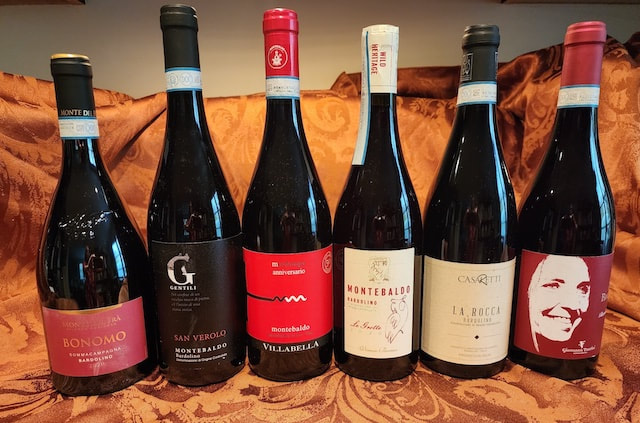
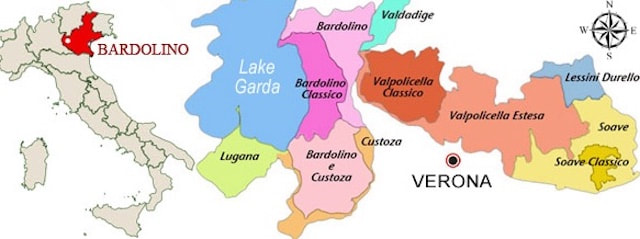
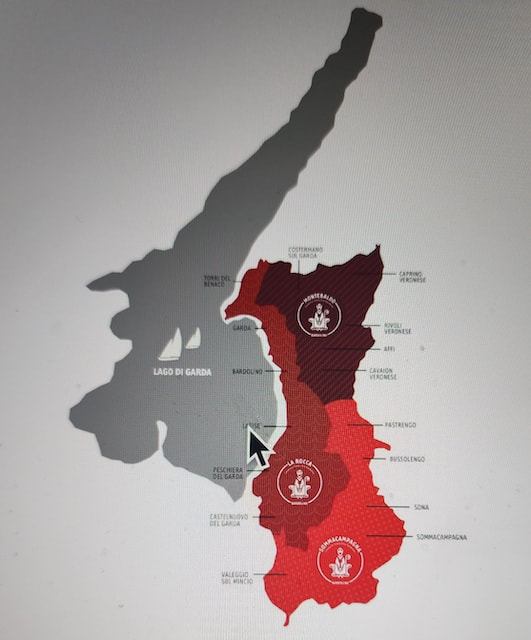
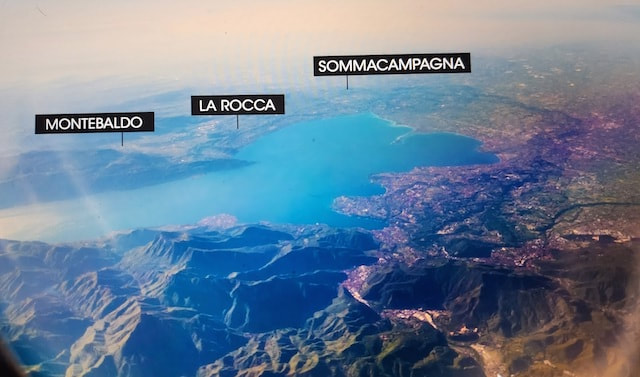
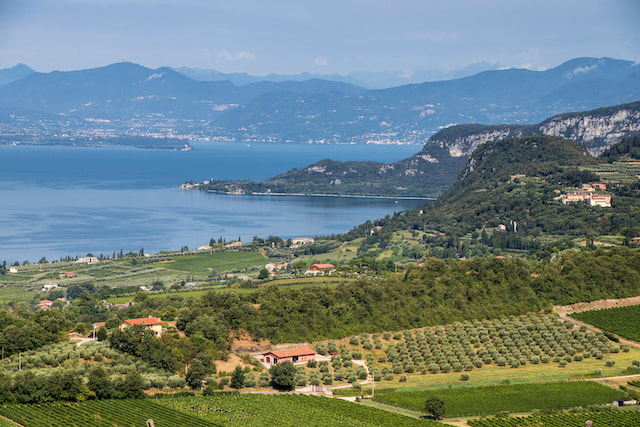
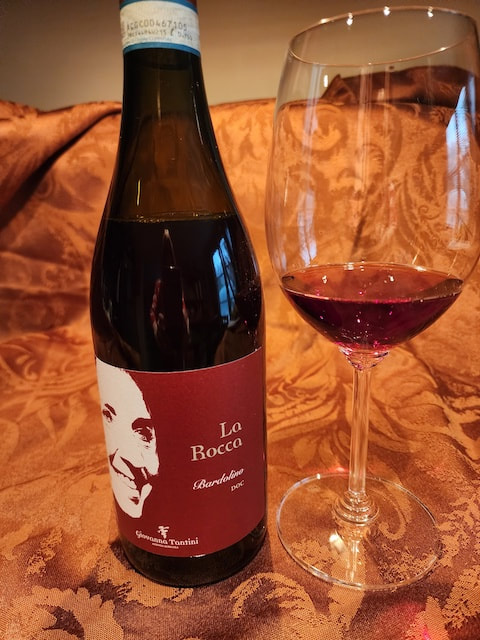
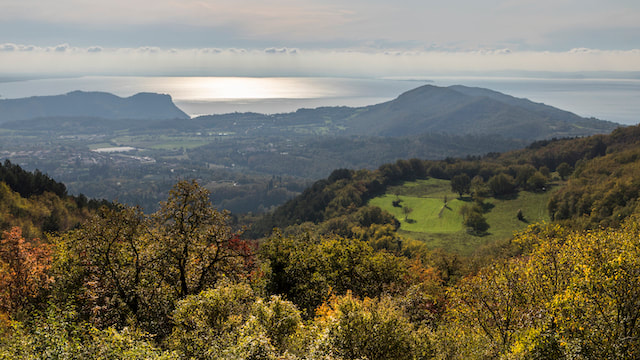
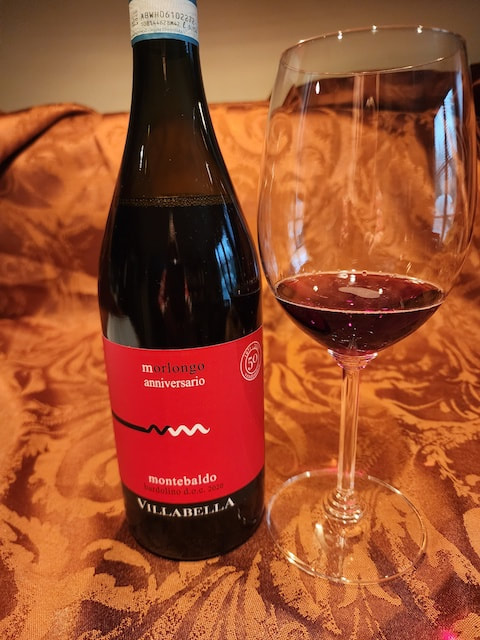
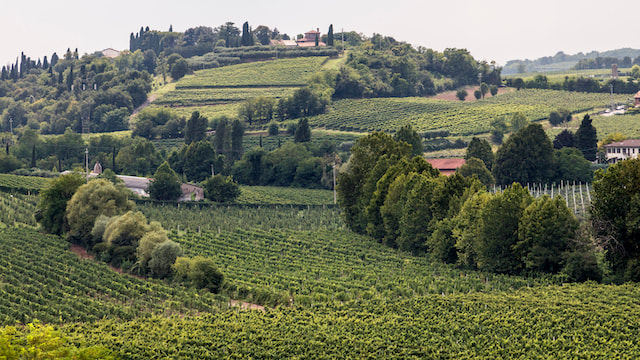
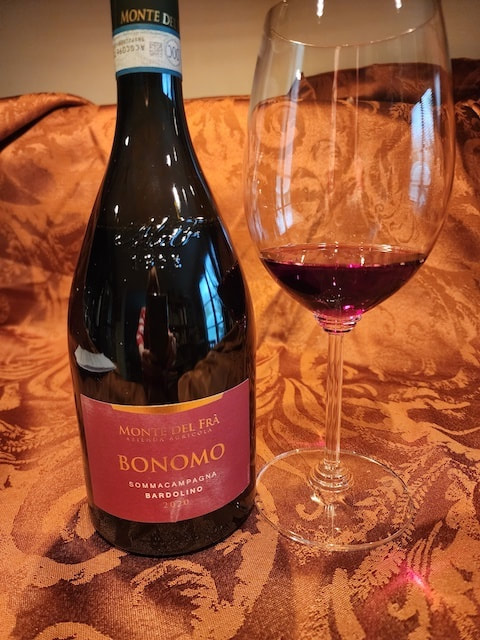
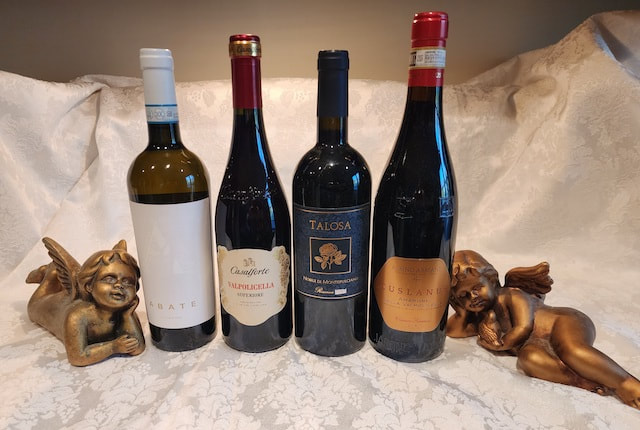
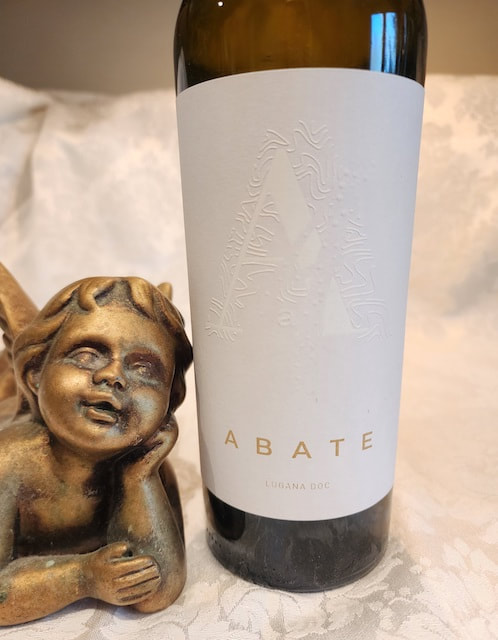
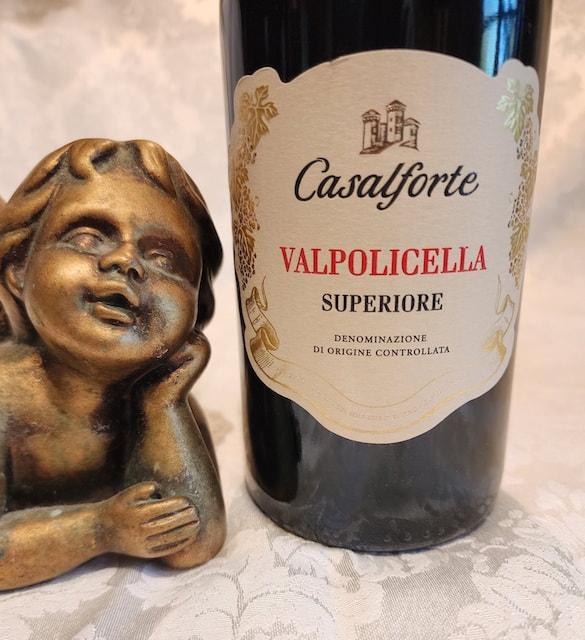
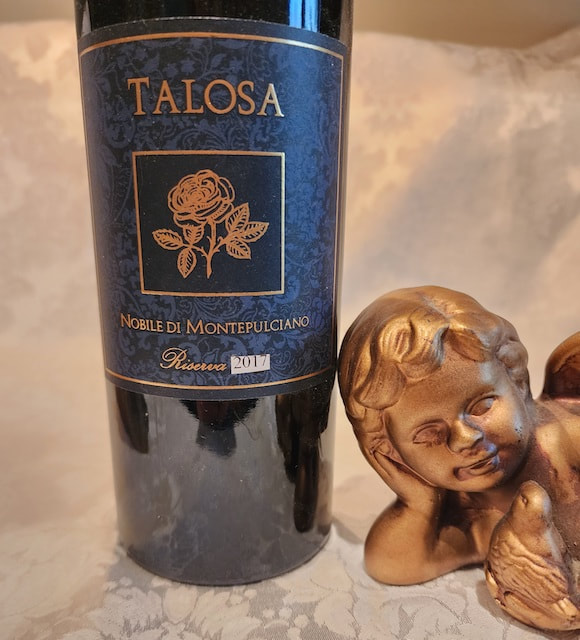
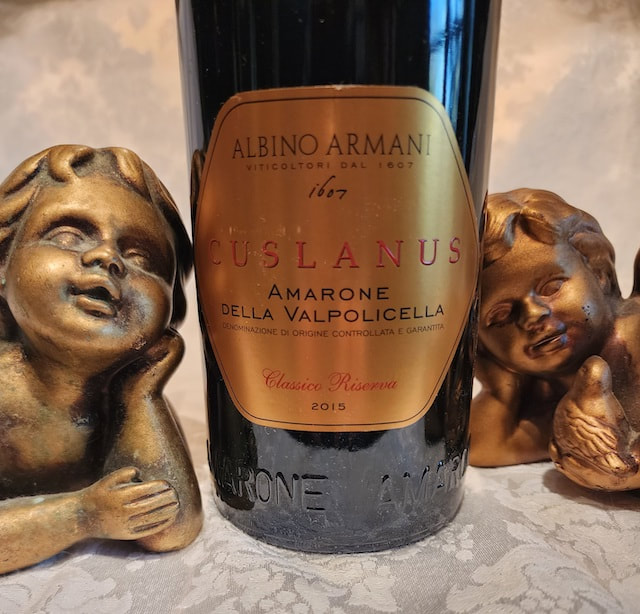
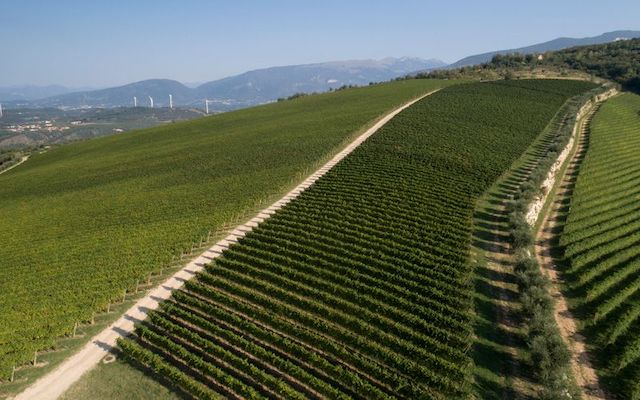
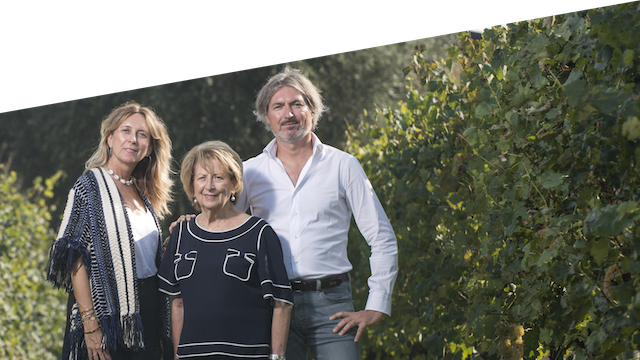
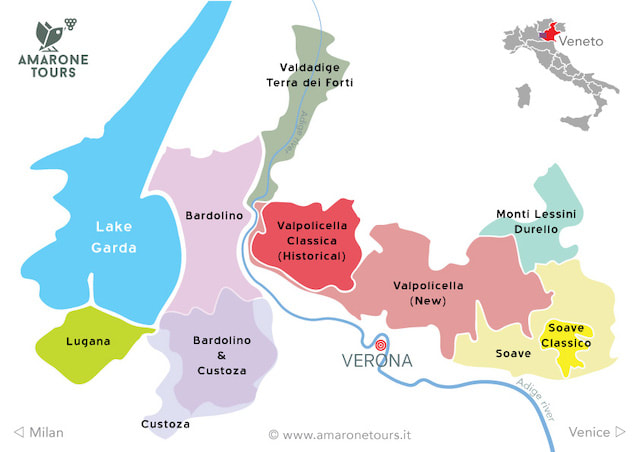
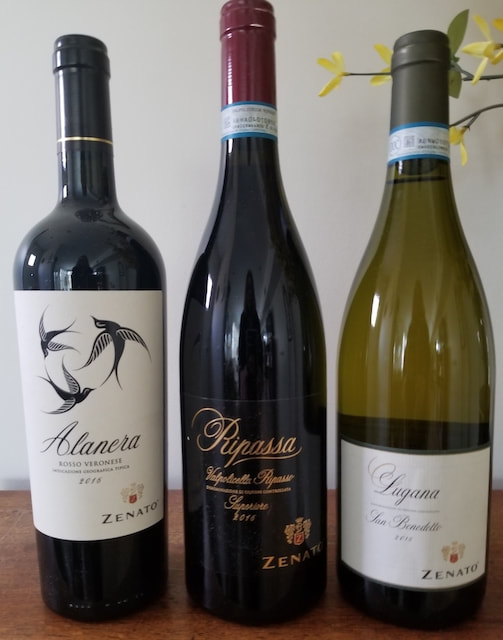
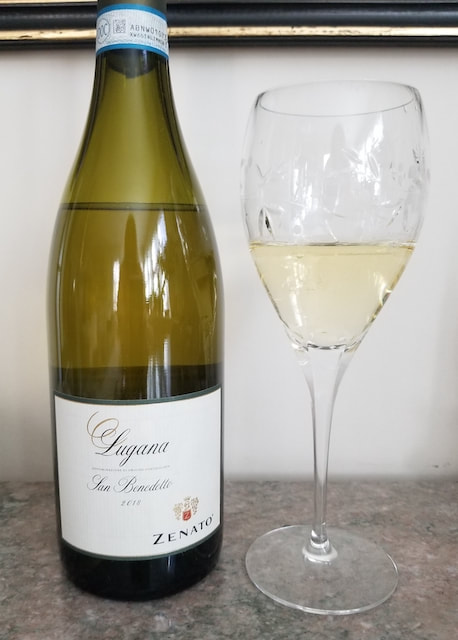
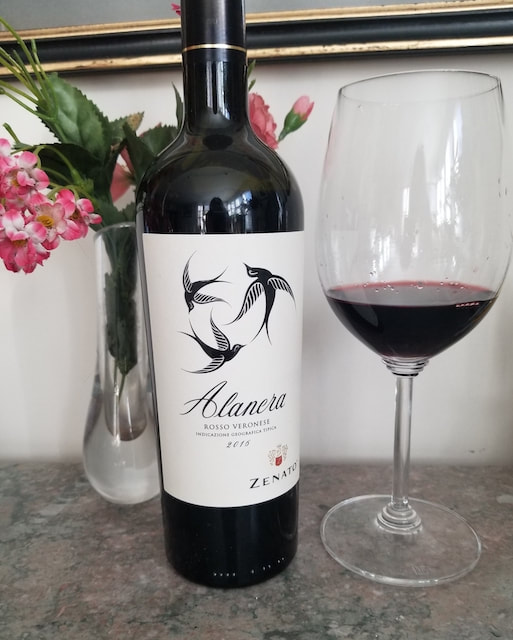
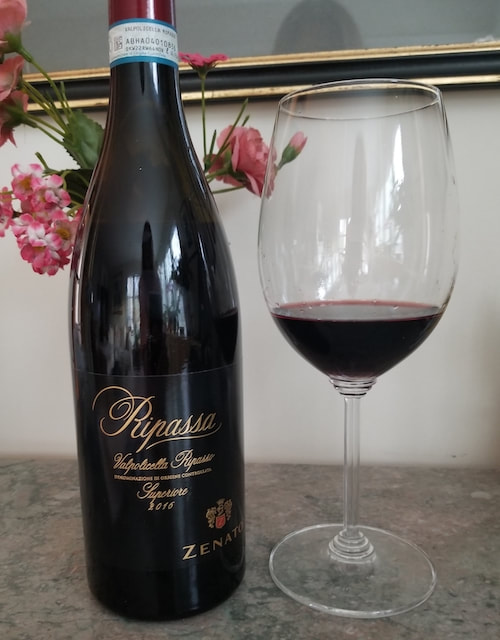
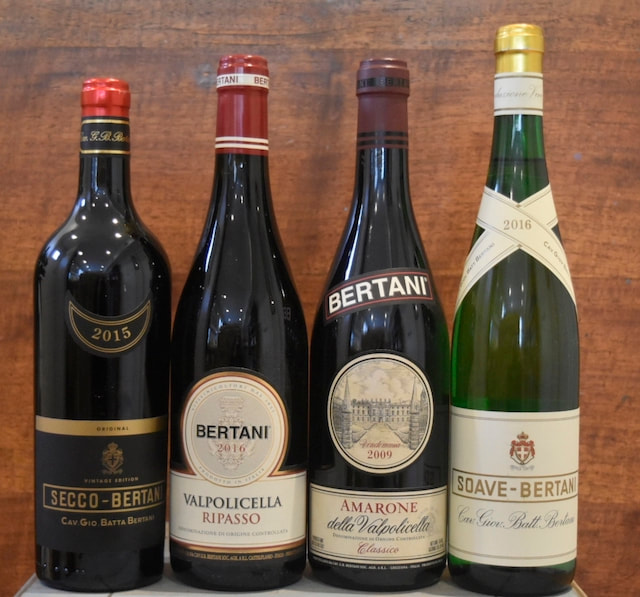
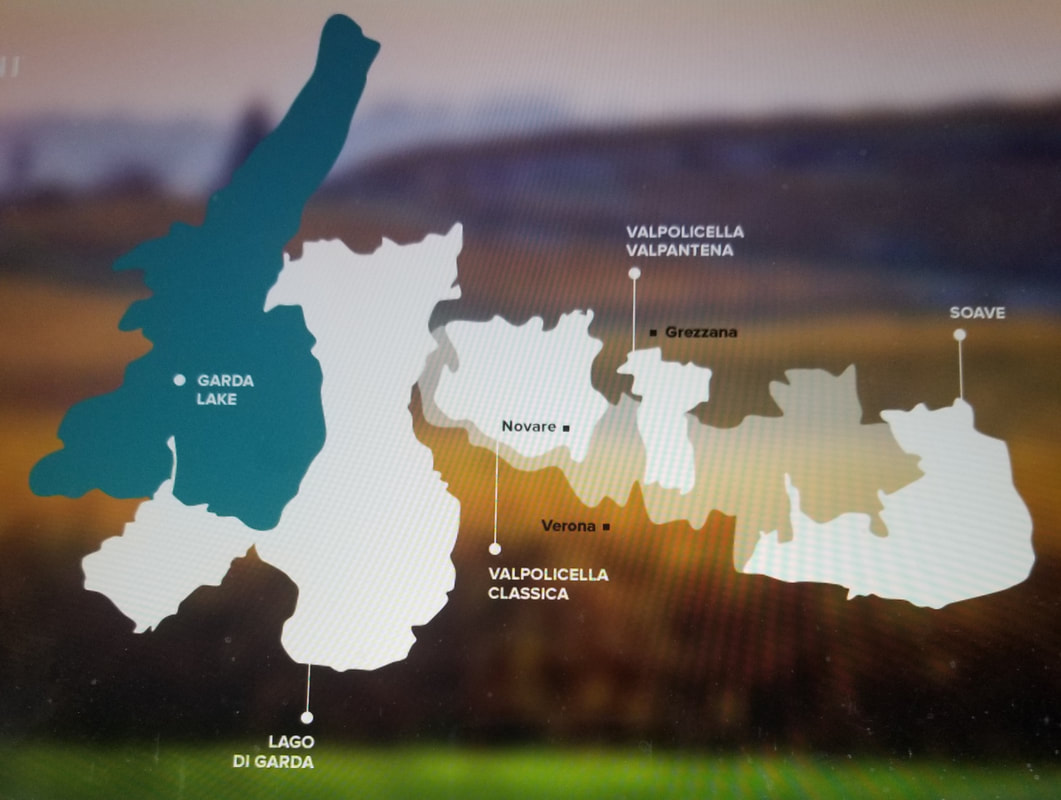
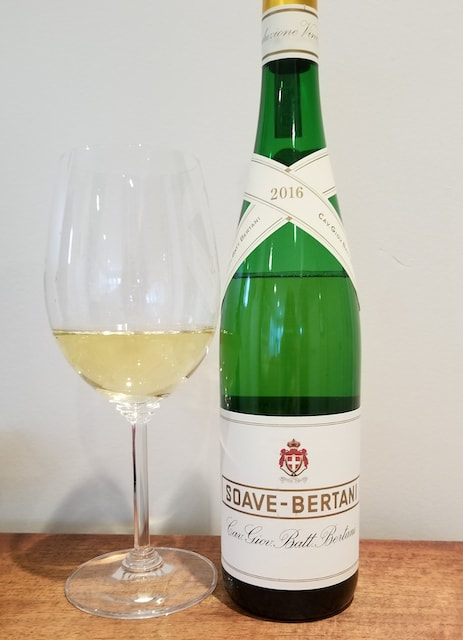
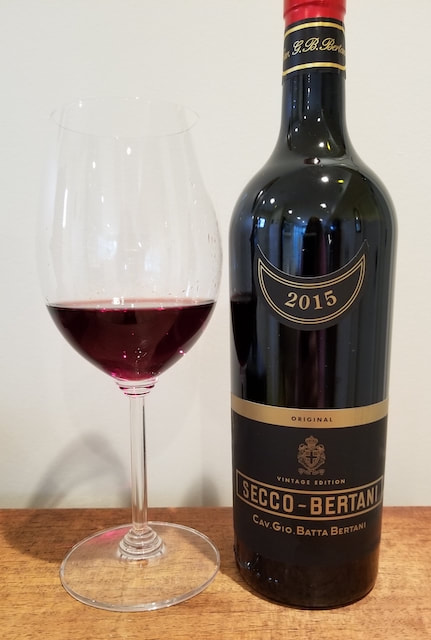
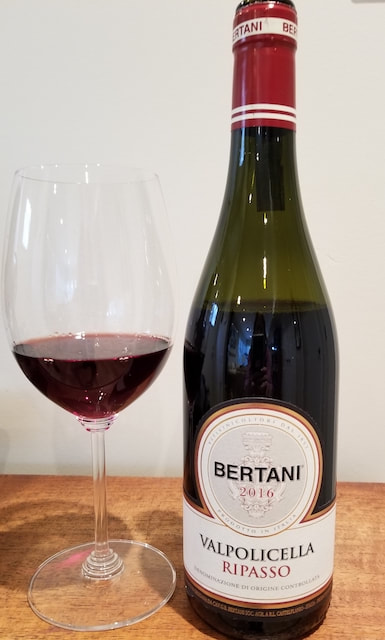
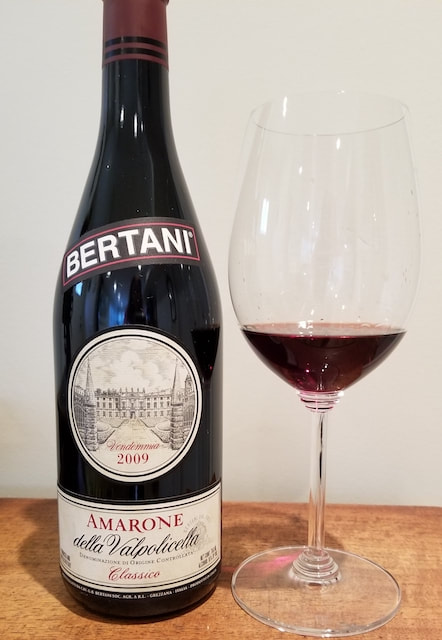
 RSS Feed
RSS Feed